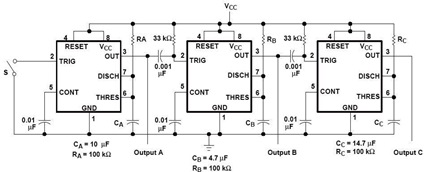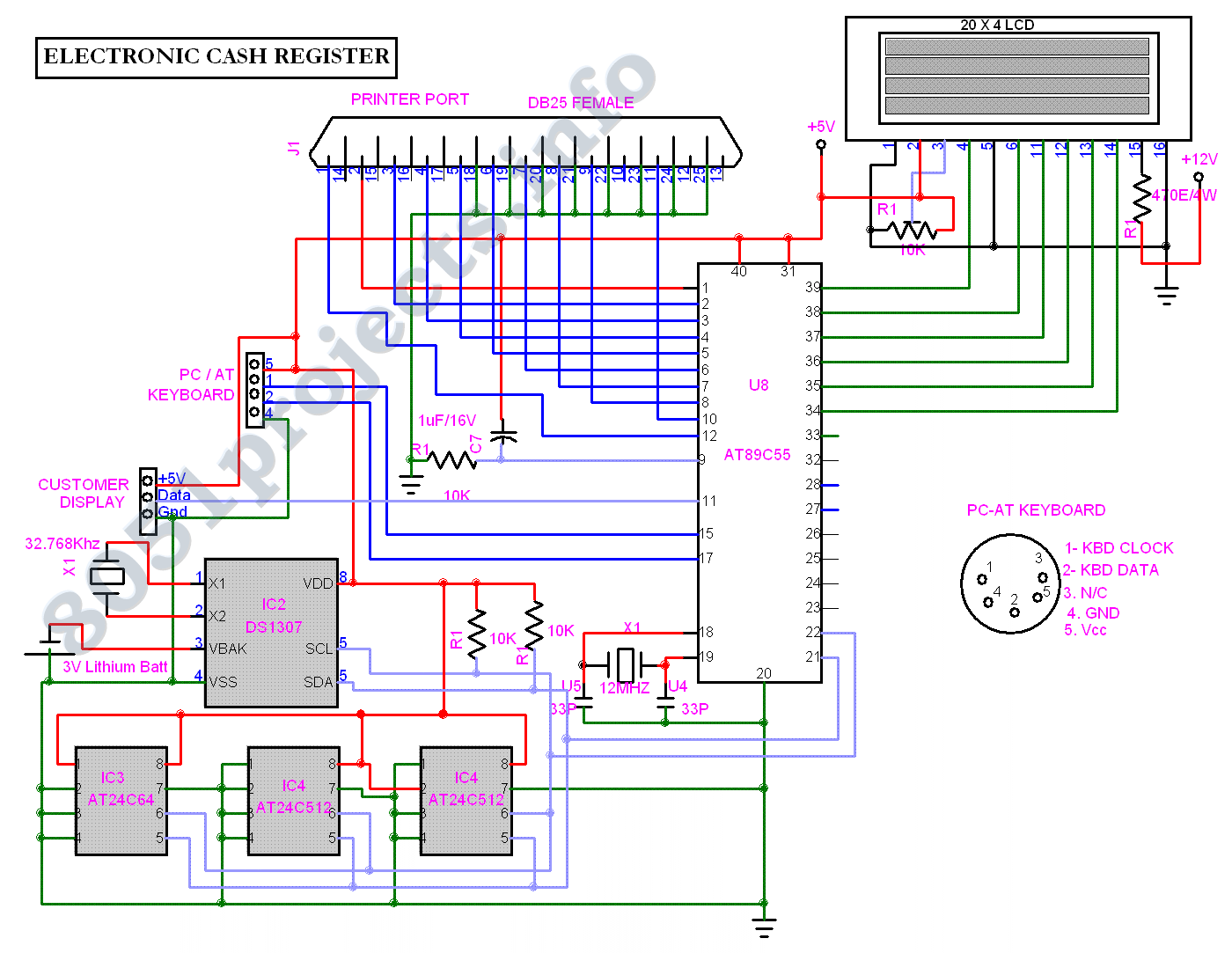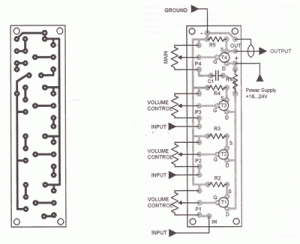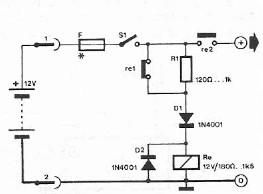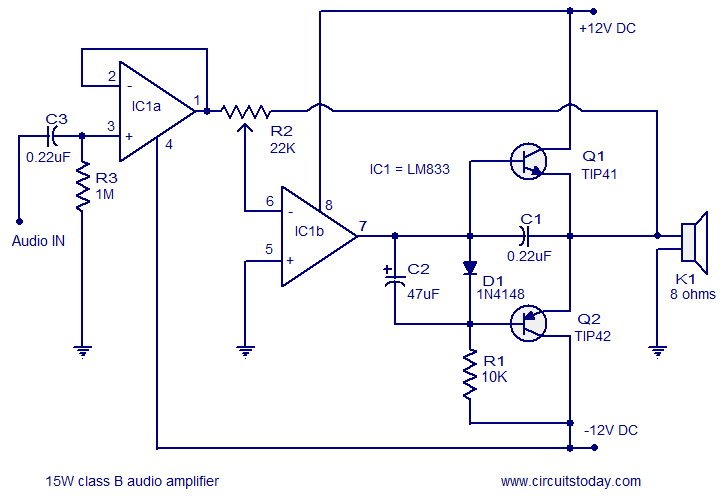
PIC16C781 For The Air Flow Sensor Circuit

The Air Flow Sensor Circuit describes sensing air flow using the microcontroller PIC16C781. Air flow is detected by the cooling effect of air.
The Air Flow Sensor Circuit utilizes the PIC16C781 microcontroller to effectively measure air flow by leveraging the cooling effect that air exerts on a sensing element. This circuit typically includes a thermistor or a similar temperature-sensitive component that experiences a change in temperature as air flows over it. The cooling effect alters the resistance of the thermistor, which is then converted into a voltage signal by the microcontroller's analog-to-digital converter (ADC).
The circuit may also incorporate additional components such as operational amplifiers to amplify the signal from the thermistor, ensuring that the microcontroller receives a clear and accurate representation of the air flow conditions. The microcontroller processes the voltage signal and can implement algorithms to interpret the data, providing real-time feedback or control outputs based on the air flow measurements.
Power supply considerations are essential for this circuit, as the PIC16C781 typically operates at a voltage range of 2 to 5.5 volts. Proper decoupling capacitors should be included to stabilize the power supply and minimize noise. Furthermore, the circuit may feature communication interfaces such as UART or SPI to send data to external devices or display units for monitoring purposes.
In summary, the Air Flow Sensor Circuit based on the PIC16C781 microcontroller is a sophisticated design that effectively measures air flow by utilizing the cooling effect on a temperature-sensitive element, providing valuable data for various applications, including HVAC systems, environmental monitoring, and industrial processes.The Air Flow Sensor Circuit describes about sensing air flow using micro controller PIC16C781. Air flow is detected by the cooling effect of air .. 🔗 External reference
The Air Flow Sensor Circuit utilizes the PIC16C781 microcontroller to effectively measure air flow by leveraging the cooling effect that air exerts on a sensing element. This circuit typically includes a thermistor or a similar temperature-sensitive component that experiences a change in temperature as air flows over it. The cooling effect alters the resistance of the thermistor, which is then converted into a voltage signal by the microcontroller's analog-to-digital converter (ADC).
The circuit may also incorporate additional components such as operational amplifiers to amplify the signal from the thermistor, ensuring that the microcontroller receives a clear and accurate representation of the air flow conditions. The microcontroller processes the voltage signal and can implement algorithms to interpret the data, providing real-time feedback or control outputs based on the air flow measurements.
Power supply considerations are essential for this circuit, as the PIC16C781 typically operates at a voltage range of 2 to 5.5 volts. Proper decoupling capacitors should be included to stabilize the power supply and minimize noise. Furthermore, the circuit may feature communication interfaces such as UART or SPI to send data to external devices or display units for monitoring purposes.
In summary, the Air Flow Sensor Circuit based on the PIC16C781 microcontroller is a sophisticated design that effectively measures air flow by utilizing the cooling effect on a temperature-sensitive element, providing valuable data for various applications, including HVAC systems, environmental monitoring, and industrial processes.The Air Flow Sensor Circuit describes about sensing air flow using micro controller PIC16C781. Air flow is detected by the cooling effect of air .. 🔗 External reference
Warning: include(partials/cookie-banner.php): Failed to open stream: Permission denied in /var/www/html/nextgr/view-circuit.php on line 713
Warning: include(): Failed opening 'partials/cookie-banner.php' for inclusion (include_path='.:/usr/share/php') in /var/www/html/nextgr/view-circuit.php on line 713
